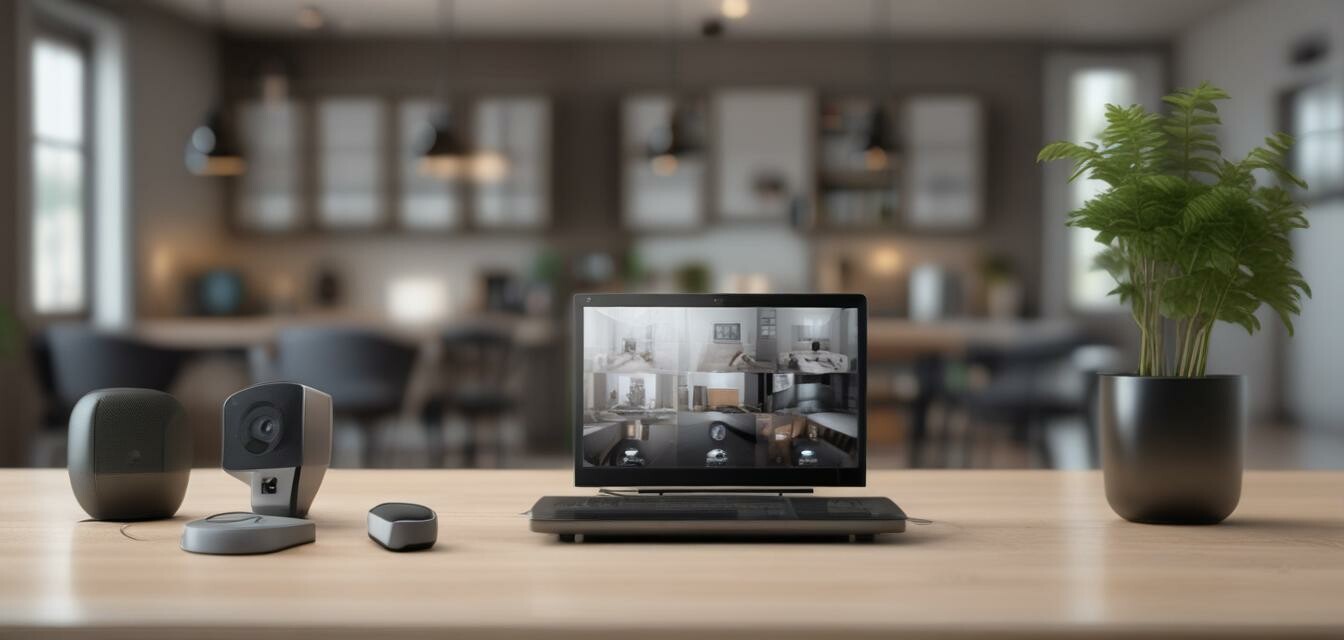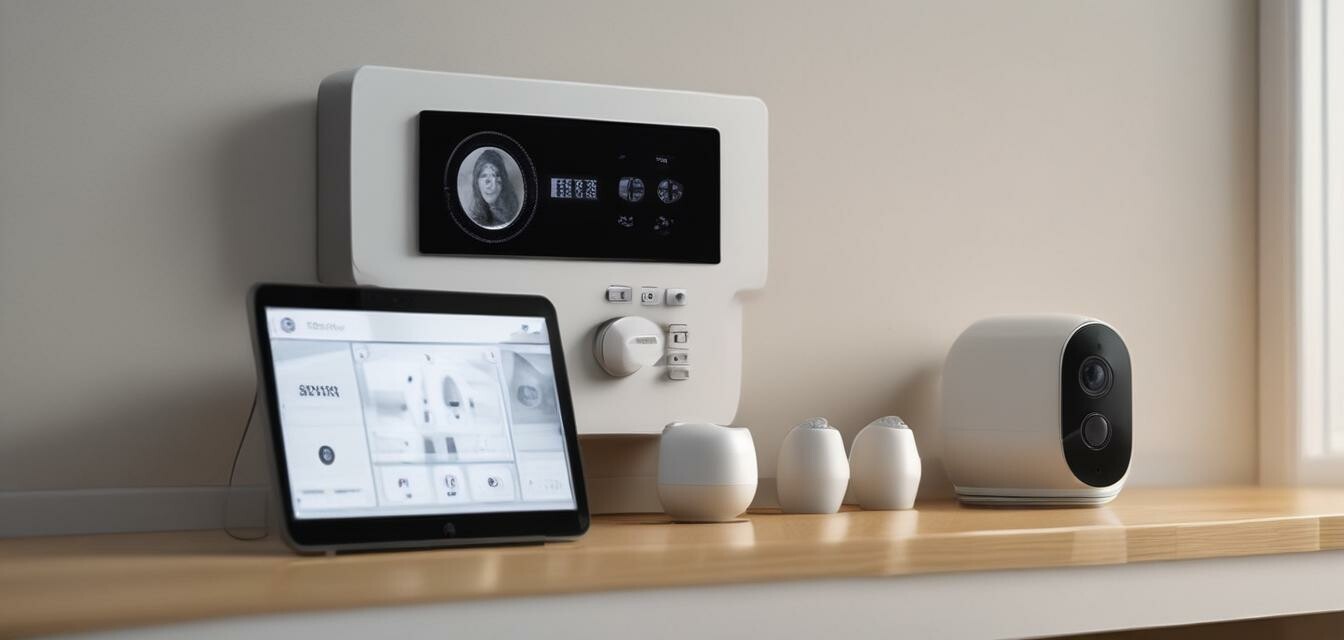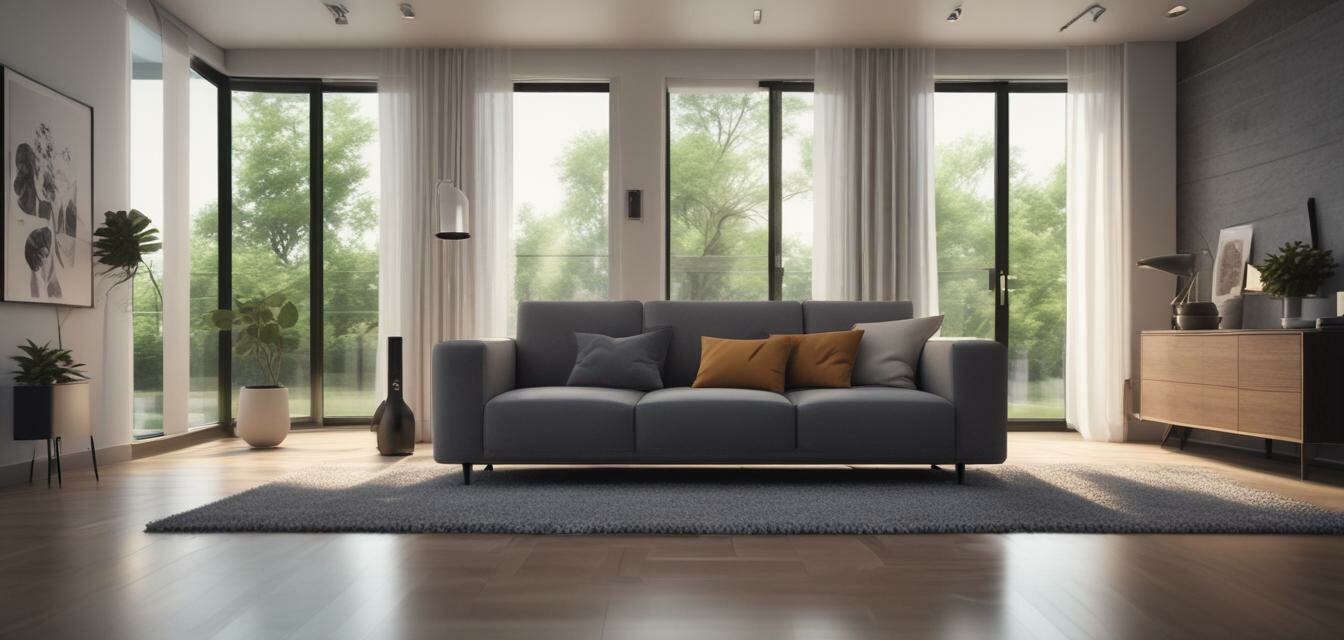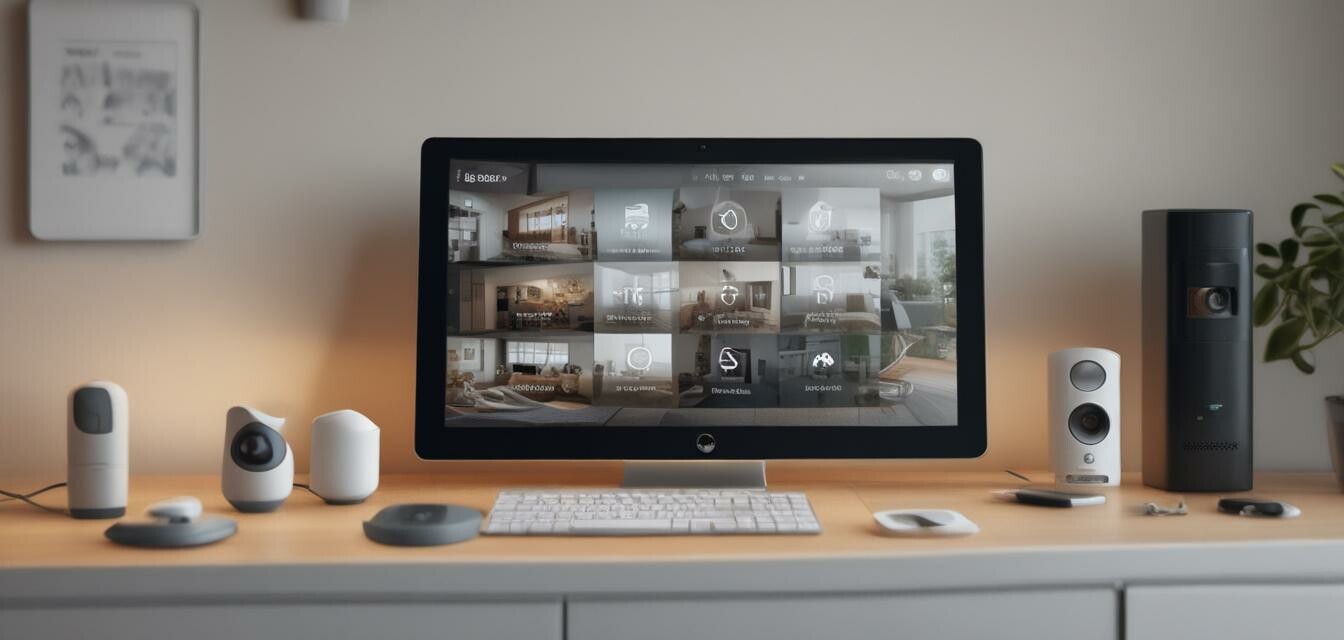
Types of Smart Home Security Cameras
Key Takeaways
- Smart home security cameras come in various types, each serving specific needs.
- Understanding features like resolution, connectivity, and storage is crucial.
- Choosing the right camera involves considering your home layout and security requirements.
- Integration with other smart home devices can enhance security systems.
In today's world, ensuring the security of your home is more important than ever. Smart home security cameras offer advanced features that can help you monitor your property effectively. This article explores the different types of smart home security cameras available, helping you make an informed decision based on your specific needs.
Types of Smart Home Security Cameras
Smart home security cameras can be categorized based on their design, functionality, and use cases. Below are the primary types:
| Camera Type | Description | Best For |
|---|---|---|
| Indoor Cameras | Designed for monitoring the interior of your home. | Homeowners wanting to monitor indoor activities. |
| Outdoor Cameras | Weather-resistant cameras meant for outside use. | Protecting the perimeter of your property. |
| Wireless Cameras | Cameras that connect to Wi-Fi without cables. | Flexible placements without the hassle of wires. |
| Wired Cameras | Cameras that require a physical connection for power and data. | Stable connections in fixed locations. |
| PTZ Cameras | Pan-Tilt-Zoom cameras that can be remotely controlled. | Large areas needing extensive coverage. |
| Smart Doorbell Cameras | Cameras integrated into doorbells allowing two-way communication. | Monitoring visitors and deliveries at your door. |
Indoor Cameras
Indoor cameras are perfect for monitoring rooms, children, or pets. They can connect to your smartphone, allowing you to check in from anywhere. Features often include night vision, motion detection, and two-way audio.

Outdoor Cameras
Outdoor cameras are built to withstand the elements, ensuring they function effectively regardless of the weather. They typically have higher resolutions and can include features such as night vision and motion tracking.
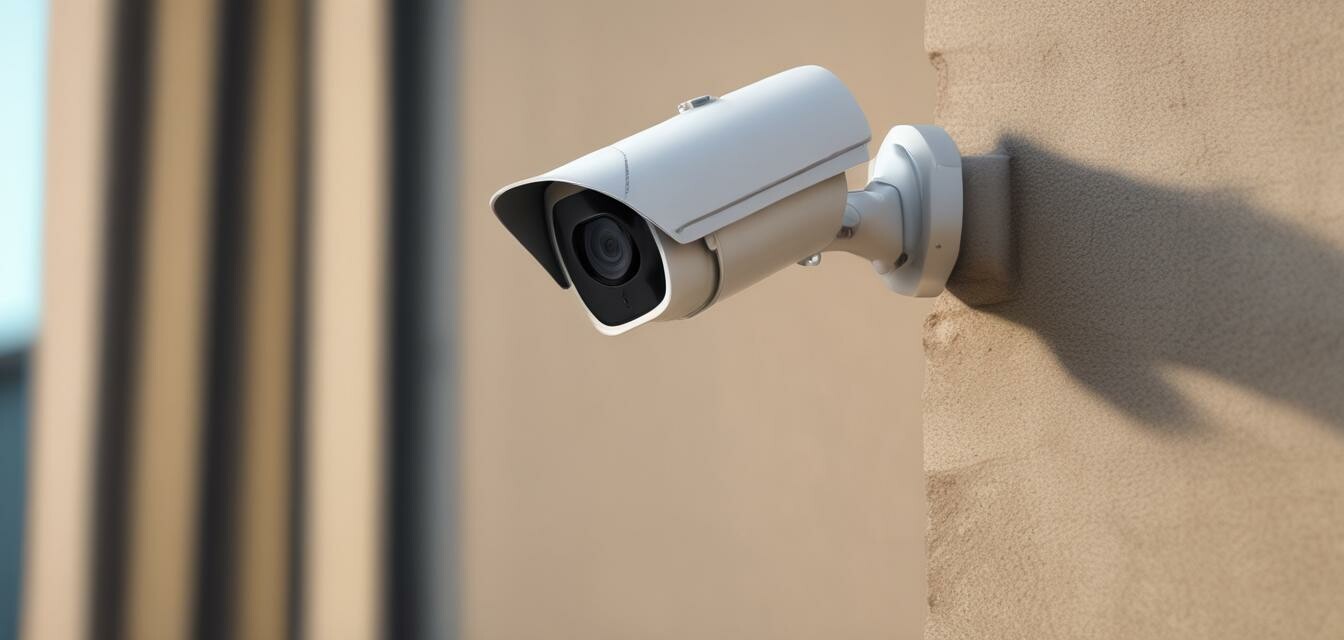
Wireless vs. Wired Cameras
When choosing between wireless and wired cameras, consider the following:
- Wireless Cameras: Easy to install, flexible placement, but may require battery changes.
- Wired Cameras: More stable connection, but installation can be more complex.
PTZ Cameras
PTZ (Pan-Tilt-Zoom) cameras are ideal for larger properties or areas needing close monitoring. These cameras can be controlled remotely to cover a wide area.
Smart Doorbell Cameras
Smart doorbell cameras provide added convenience by allowing you to see and communicate with visitors without opening the door. They integrate seamlessly with other smart home devices.
Choosing the Right Security Camera
To select the best security camera for your needs, consider the following factors:
- Resolution: Higher resolution offers clearer images.
- Field of View: A wider field of view can cover more areas.
- Storage Options: Look for cloud storage or local storage options based on your preference.
- Integration: Ensure compatibility with other smart home devices for enhanced functionality.
Installation and Maintenance
Proper installation and regular maintenance are crucial for the longevity of your security camera system.
- Follow the manufacturer’s installation guidelines.
- Regularly check for software updates.
- Clean the camera lenses to ensure clear visibility.
Conclusion
Understanding the different types of smart home security cameras is essential for protecting your home effectively. By considering your specific needs and preferences, you can choose the best camera that suits your requirements.
Tips for Beginners
- Start with one camera and expand your system as needed.
- Research compatibility with existing smart home devices.
- Consider camera features that suit your lifestyle, like motion alerts or cloud storage.
Pros
- Enhanced security and peace of mind.
- Convenience of monitoring from anywhere.
- Integration with various smart home devices.
Cons
- Initial setup may require technical knowledge.
- Potential privacy concerns if not properly secured.
- Subscription costs for cloud storage may apply.
Further Resources
For more information on smart home security systems, check out the following pages:
